Tesco Case Study: Differentiating Domestic HRM and IHRM Strategies
VerifiedAdded on 2023/06/18
|7
|404
|225
Report
AI Summary
This report provides a comparative analysis of domestic Human Resource Management (HRM) and International Human Resource Management (IHRM), focusing on Tesco as a case study. It highlights the fundamental differences between managing employees within a single country (domestic HRM) versus managing human resources across multiple nations (IHRM). The report emphasizes that IHRM operates at an international level, involving employees hired to cross national boundaries and encompassing a broader range of activities with higher risk exposure compared to domestic HRM, which operates within national boundaries with a narrower scope and limited risk. Key factors driving the increasing significance of IHRM, such as the availability of a quality workforce, minimizing failures, and gaining a competitive advantage, are also discussed. The conclusion underscores the importance of understanding these differences for multinational corporations to effectively manage activities at an international level and leverage the benefits of global competition. Desklib provides similar solved assignments and study tools for students.
1 out of 7
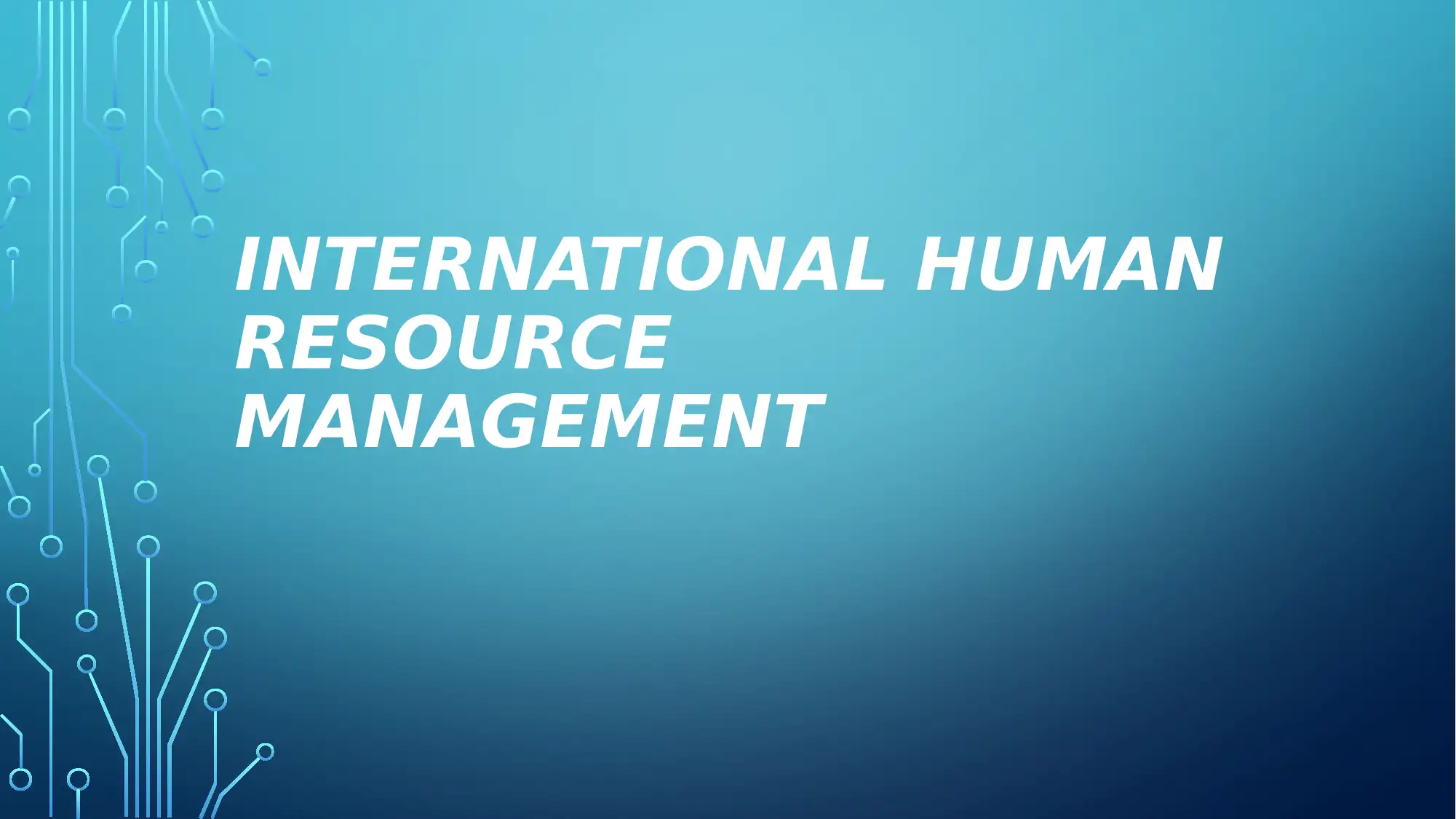
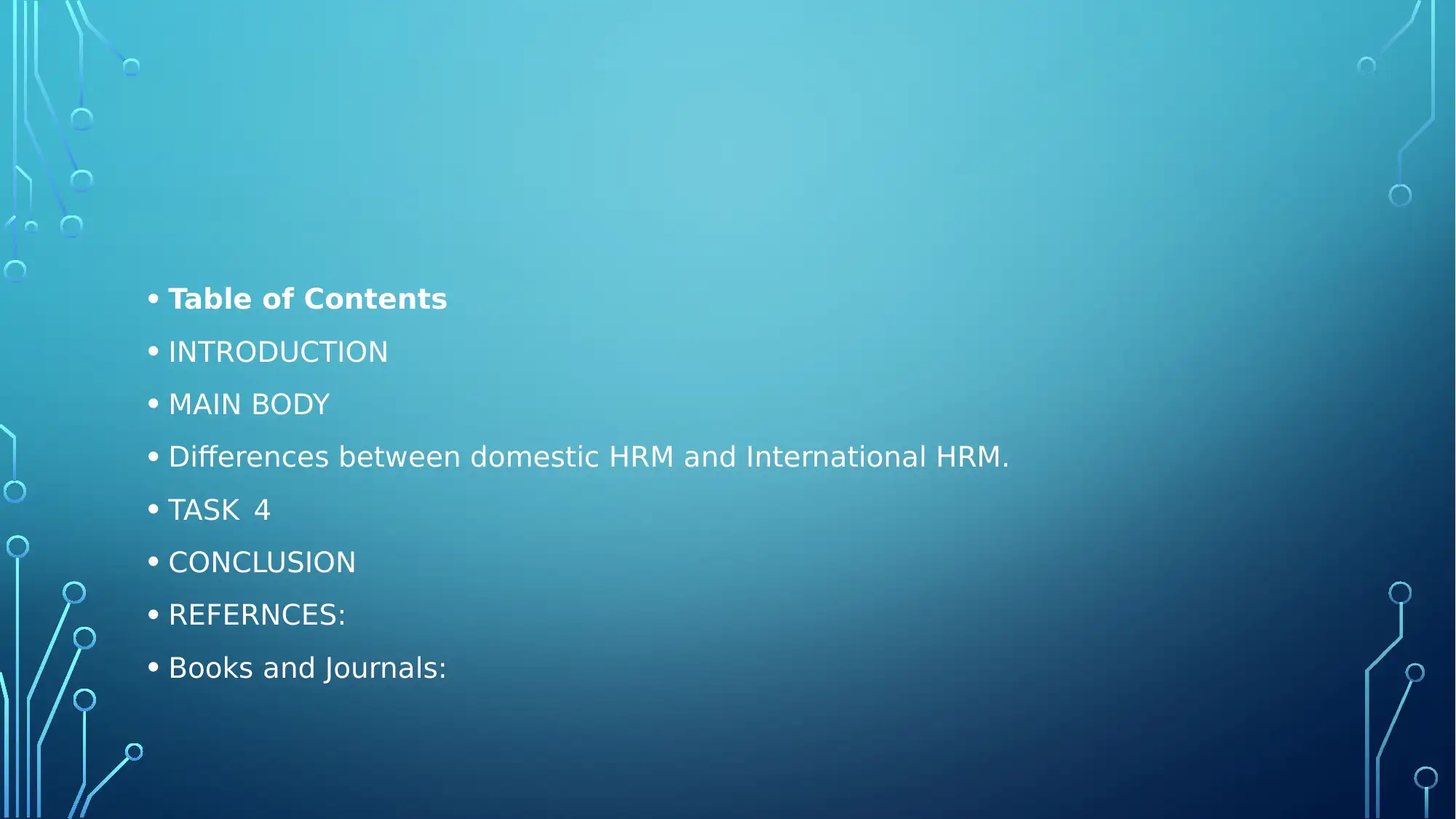
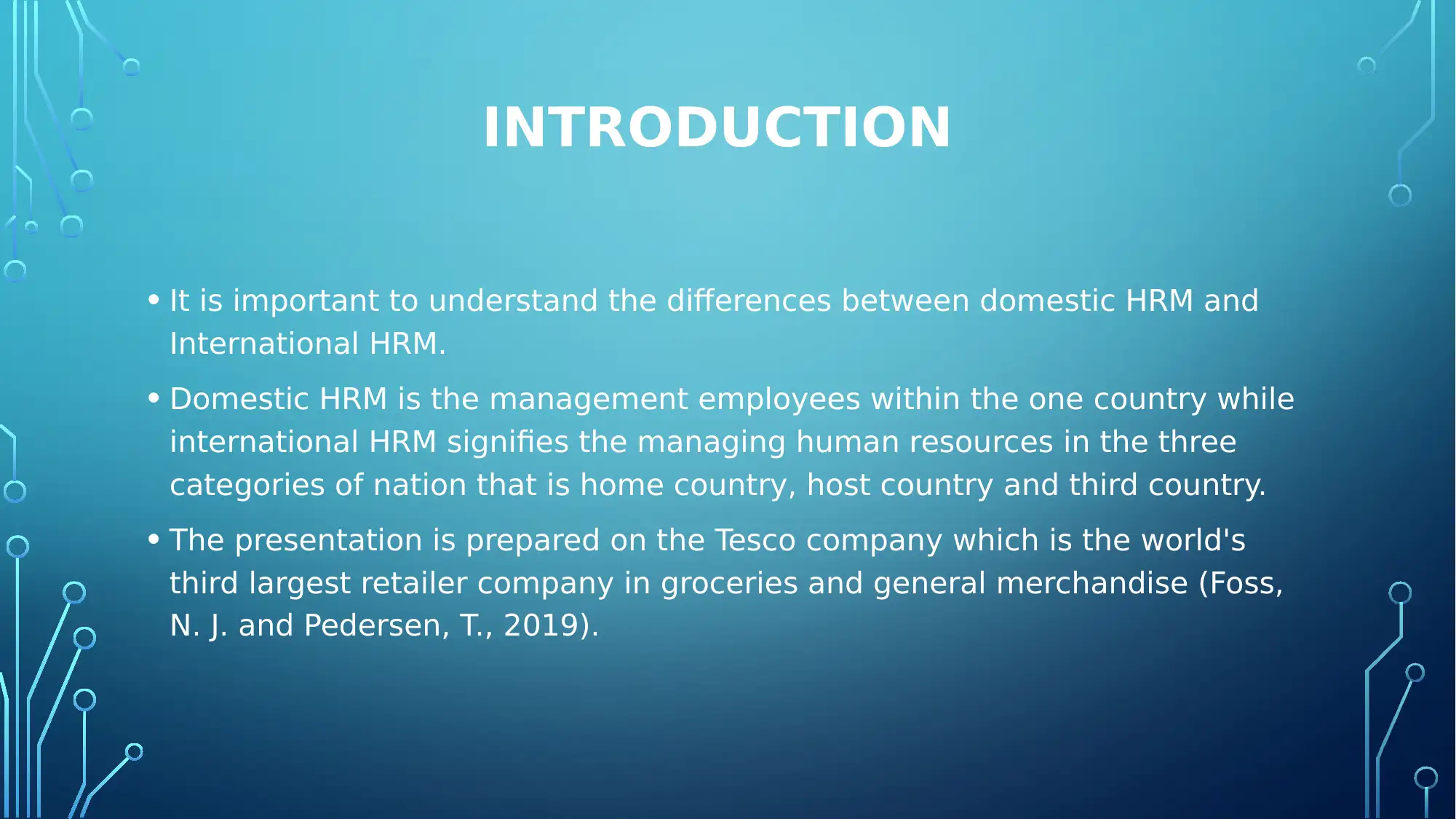

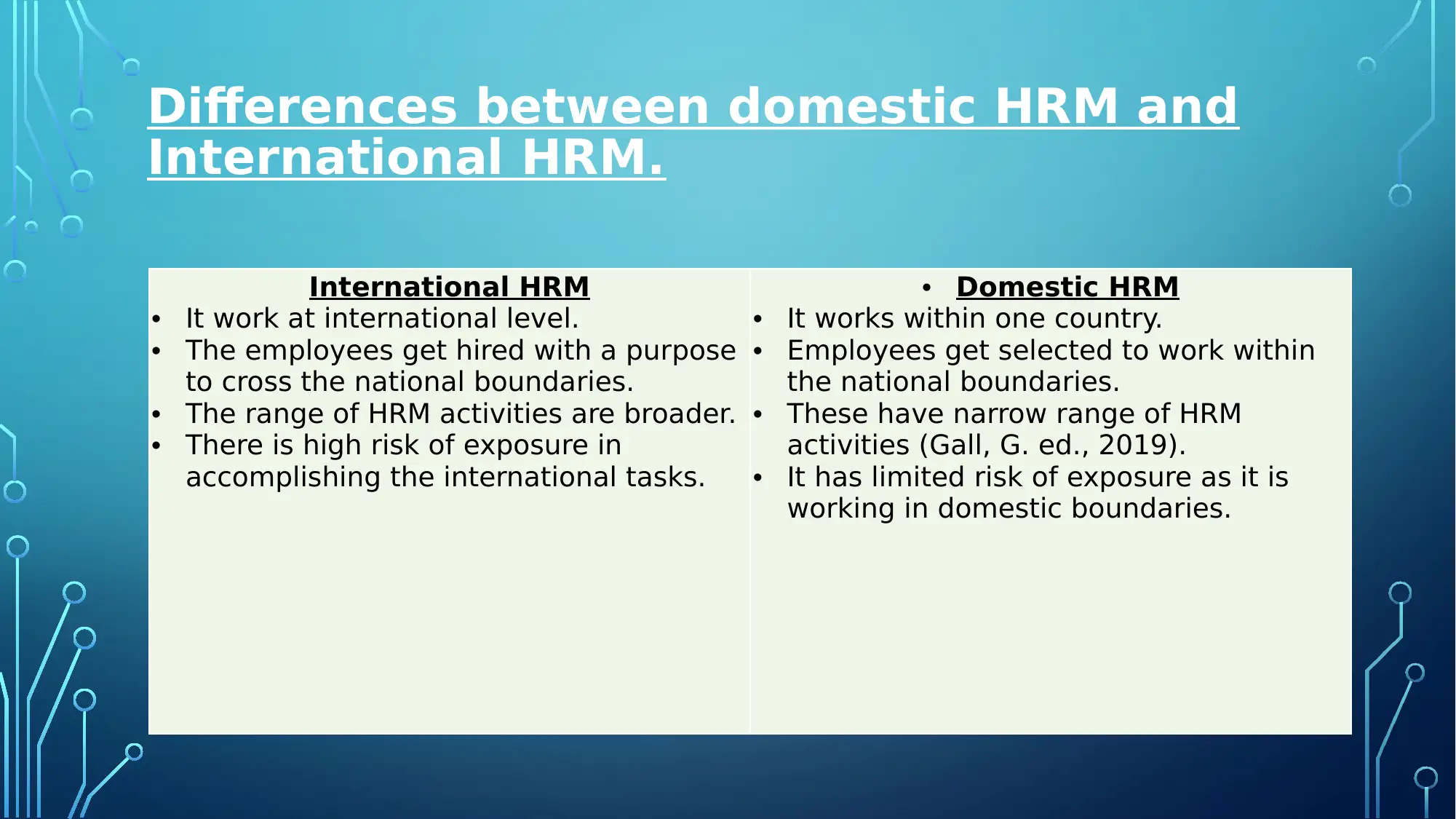
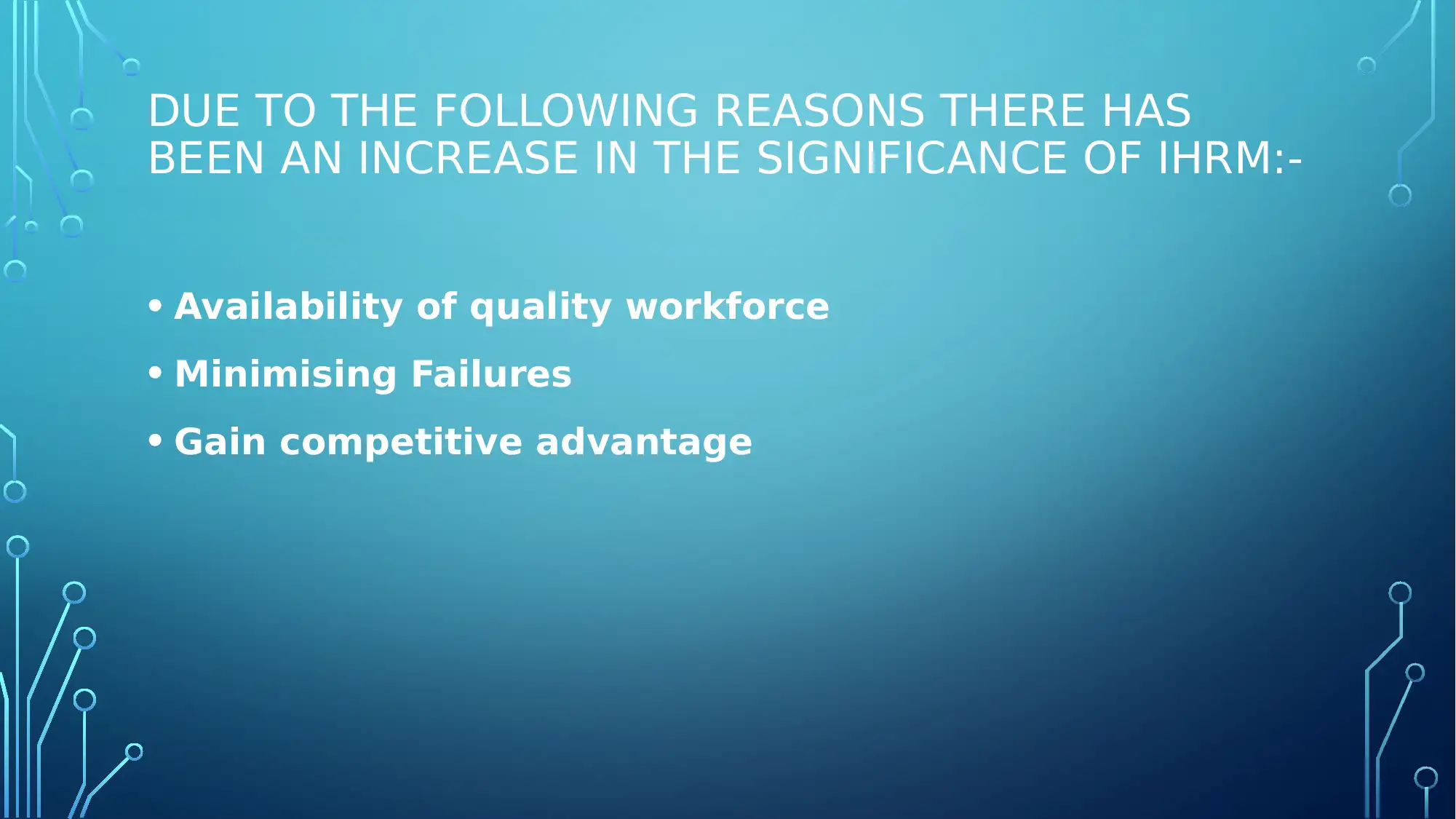
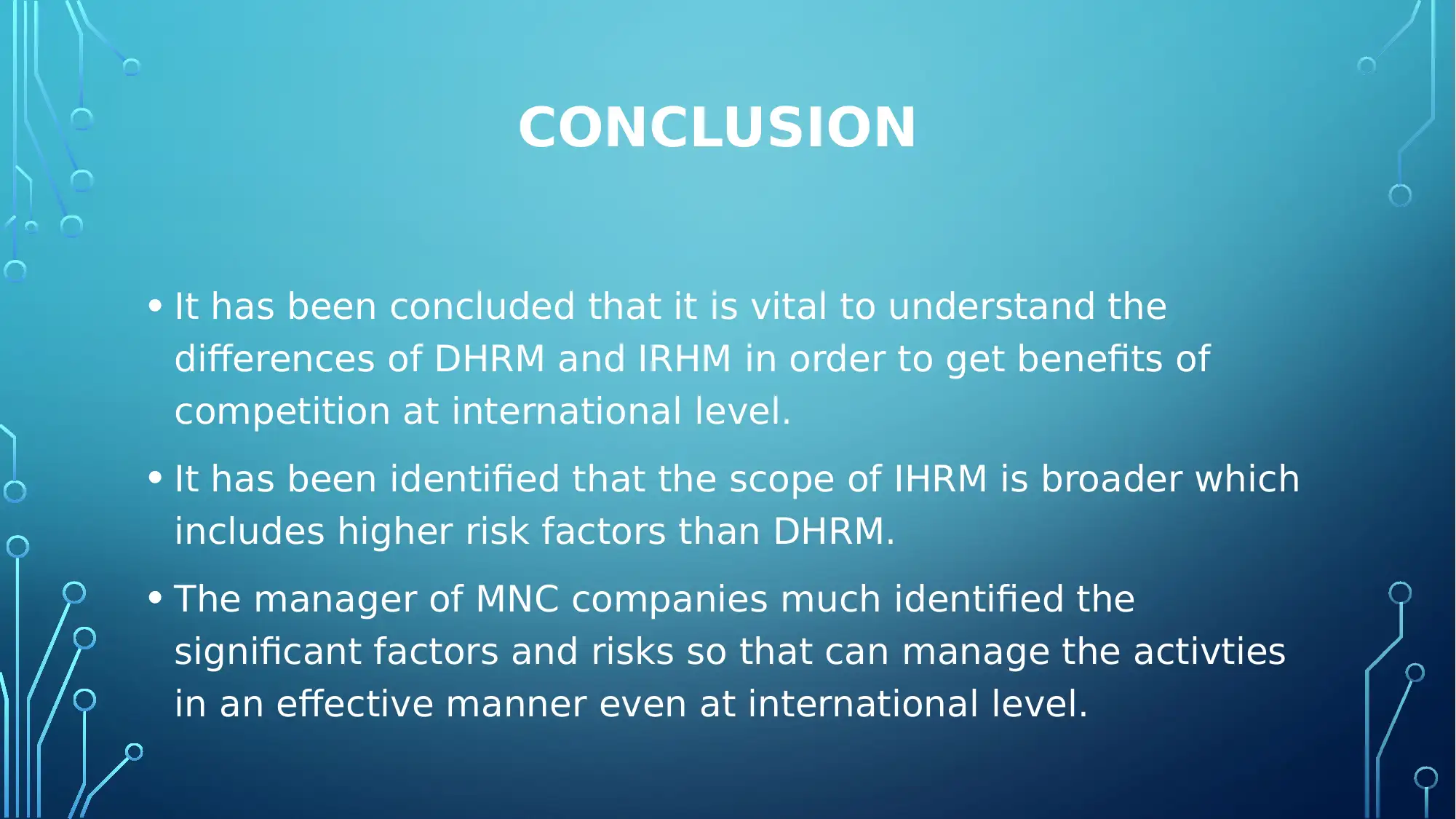
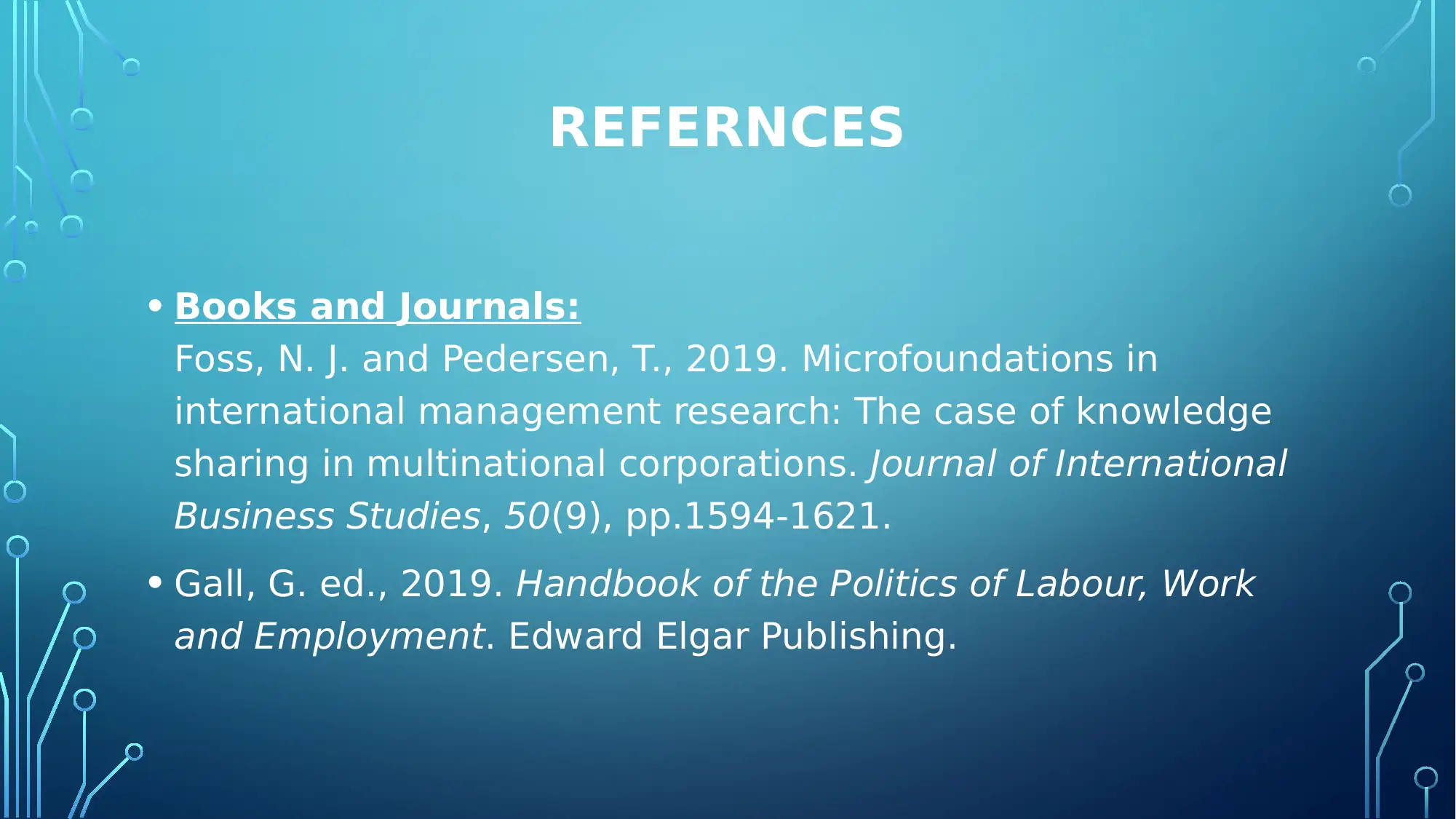





![[object Object]](/_next/static/media/star-bottom.7253800d.svg)